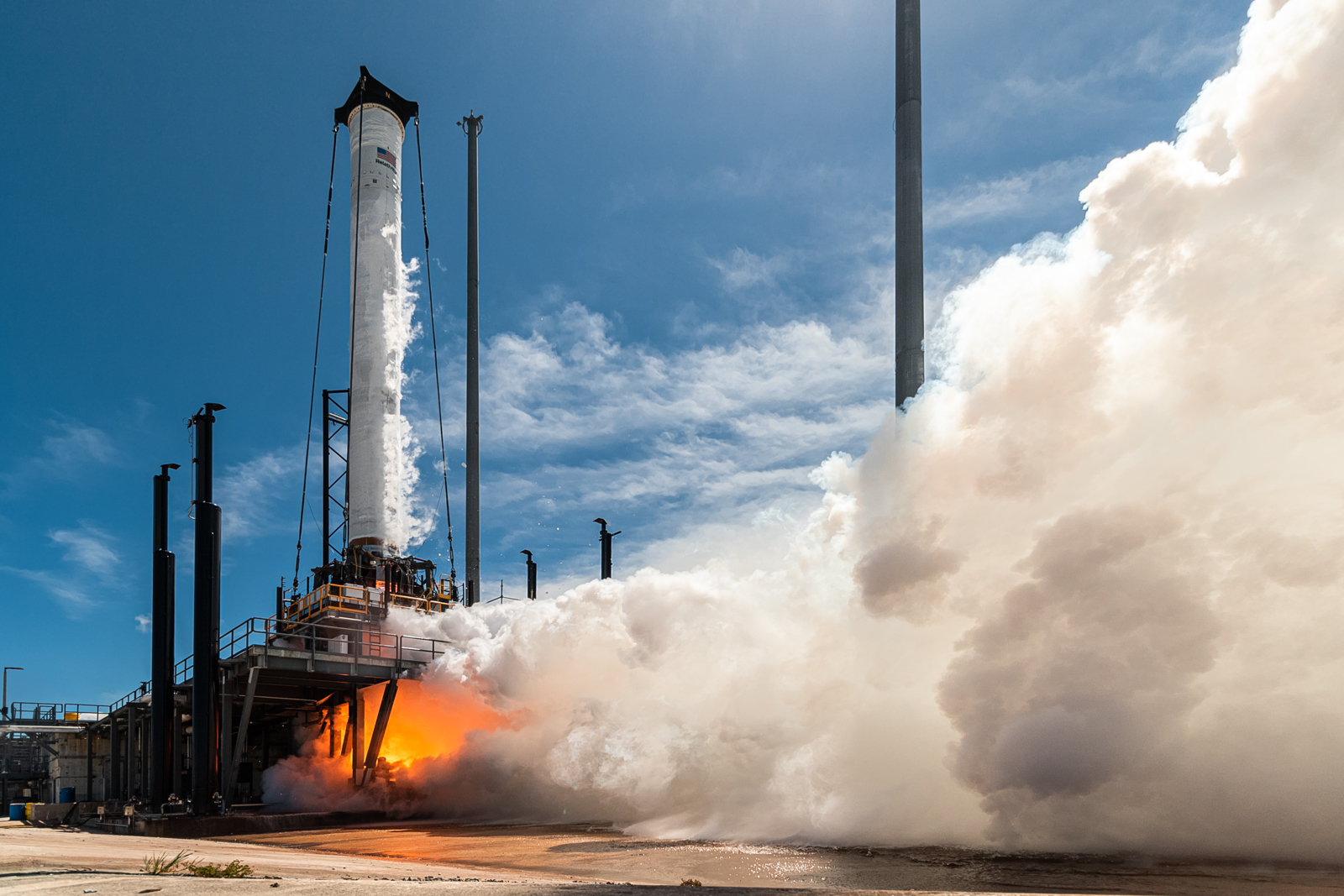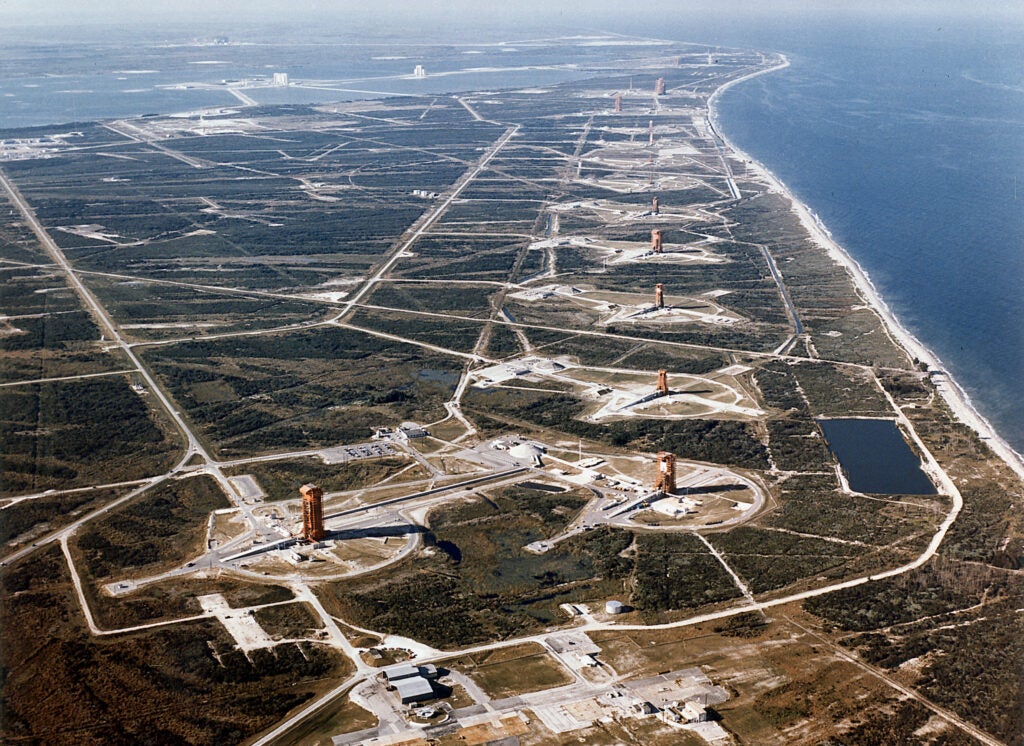ICBM Row to be Fully Reactivated for the First Time Since the 1960s
To help foster rapid growth in the industry the US Space Force has allocated 3 launch pads at Cape Canaveral Space Force Station to new commercial users. Combined with the 3 other pads already reactivated this brings the area known as ICBM Row to its greatest utilization since 1967. These allocations were announced on March 7 by Space Launch Delta 45, the operator of the Space Force’s Eastern Range.
During the 1960s Cape Canaveral Air Force Station was a stunningly busy launch range hosting a wide variety of missile and satellite test programs as well as early manned spaceflight. In particular, one road on the base hosted 8 launch pads for the Atlas and Titan Intercontinental Ballistic Missile programs and thus was appropriately named ICBM Road. The area became known as ‘ICBM Row’ possibly in a gesture to ‘Battleship Row’ at Pearl Harbor which once was the icon of American strategic power. Images of ICBM Row at its height in the early 1960s came to represent that period of Cape history with miles of visually striking launch infrastructure. Over the course of the Atlas and Titan missile test program, 159 ICBMs were launched. Technology moved rapidly and with these missiles reaching maturity and then obsolescence, the launch pads became redundant.

By 1967, 6 of the 8 launch pads on ICBM Road were deactivated with the other two being repurposed. As the civilian space program gained attention the government wished to distance space exploration from ICBM test flights. In 1970 a Minuteman III became the last ICBM to launch from the Cape ending a long history of missile development. All further ICBM testing would be conducted from Vandenburg Air Force Base in California. The Minuteman III would become the definitive American ICBM and continues to serve to this day.

Besides minor suborbital launches, the area would remain quiet for decades after the remaining pads were retired in 1978 and 1988. The commercial launch boom in the 2010s brought life back to ICBM Row. SpaceX was the first to begin operations, leasing LC-13 in 2015 to act as a landing zone for its reusable Falcon 9 stage. Blue Origin followed in 2016 adding LC-11 to its massive complex at LC-36. Starting in 2025, Blue Origin will be hosting the largest vehicle to ever grace ICBM Row, the 3 million lb. New Glenn. Relativity and Firefly followed in 2019 leasing LC-16 and LC-20 respectively for their small lift rockets. On March 23, Relativity became the first to launch from ICBM Row since 1988. Both companies expect to launch medium-lift vehicles once their technology matures.

The new agreement released on March 7 allocates LC-14 to Stoke Space and LC-15 to ABL Space Systems. Stoke Space is developing a revolutionary fully reusable rocket with a novel distributed thruster upper stage. ABL is going in the opposite direction; focusing on simplicity and proven technology to reduce costs.

Once SpaceX’s lease at LC-13 ends it will be shared between Phantom Space and Vaya Space. Phantom is focusing on reducing costs through mass manufacturing techniques. This method was attempted by Astra with very poor results so how well Phantom will perform remains in question. Vaya is also a big unknown and is pursuing hybrid engines which use 3D-printed solid fuel and injected liquid oxidizer. How this novel technology will function remains to be seen. Both are high risks but it’s fascinating to see technology experimentation return to ICBM Row after 50 years.
If all these companies bring their vehicles into operation this will result in ICBM Row hosting 7 launch pads, a level of activity not seen since 1967. Back in the 60s things like multi-staged liquid-engined launch vehicles and inertial guidance systems were novel ideas that were proven at Cape Canaveral. Now many new technologies will attempt to be proven at the Cape including 3D-printed metal structures, distributed thruster reusable upper stages, and space-launch-quality mass-manufacturing.

